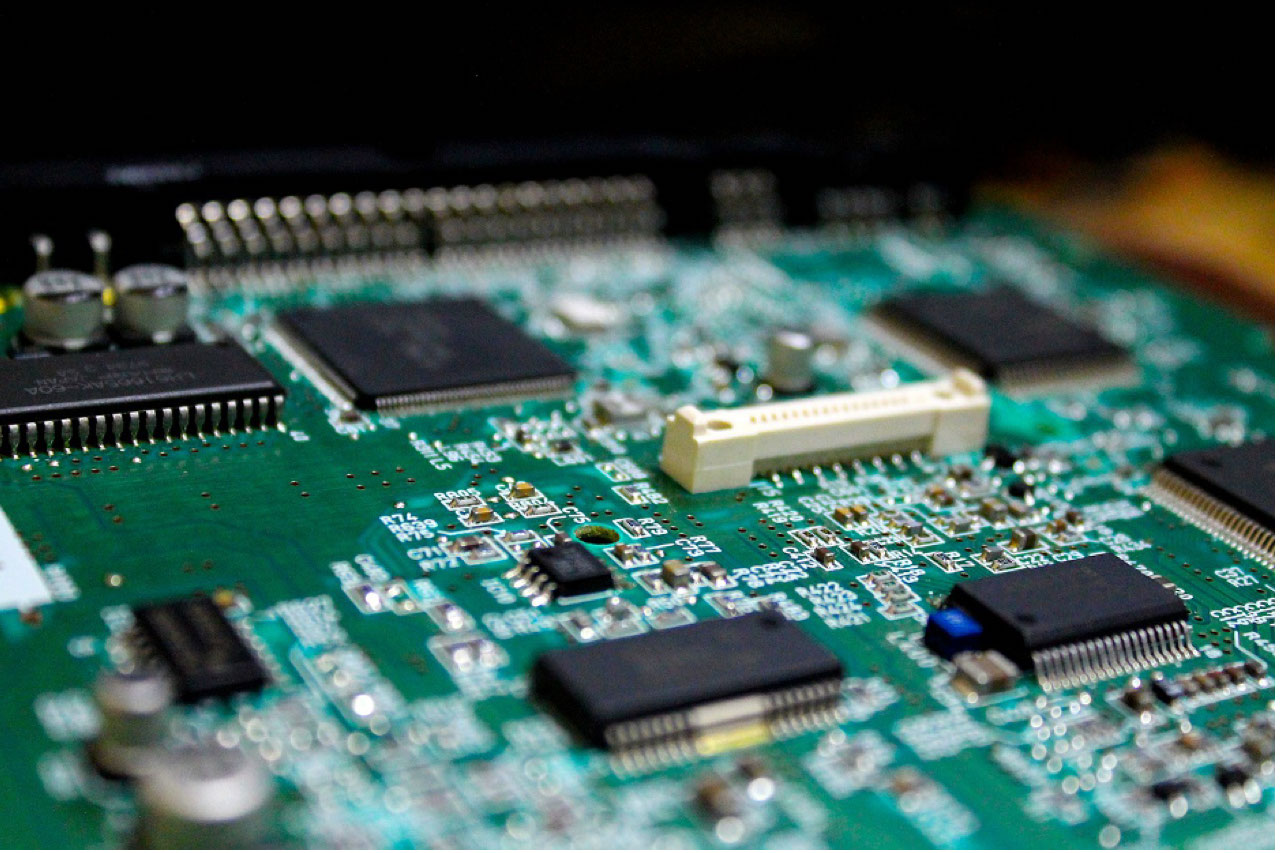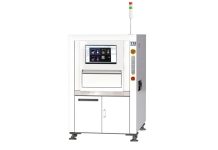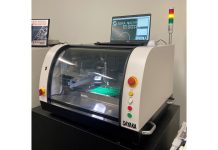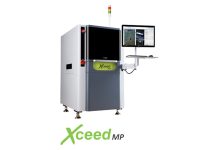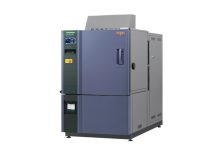What is Electromagnetic Compatibility (EMC)?
Electromagnetic Compatibility is the interaction of electrical and electronic equipment with its electromagnetic environment, and with other equipment. All electronic devices have the tendency to possess electromagnetic fields surrounding them. Electromagnetic compatibility (EMC) is the ability of an electronic system to perform satisfactorily within the presence of an electromagnetic environment without generating significant EMI (electromagnetic interference) in nearby devices/systems. EMC of PCB ensures that the performance of the system is adequate under the defined safety measures.
What is EMC Compliance
EMC denotes the operating stability of subjected PCB when exposed to electromagnetic interference, which also includes that PCB shouldn’t be a source of interference itself.
It is evident that PCBs are likely to pick up electrical noise if designers do not abide with the best practices. Hence, it is recommended that PCB passes through the EMC compliance test in recognized laboratories before being mass produced. This is mandatory when PCB is designed and produced for the consumer, medical, automotive, aviation, military, and other critical industries.
EMC compliant PCB design
Abiding with the best EMC practices while designing PCB, helps to achieve compliance with EMC standards at a much lower rate than alternate EMC measures at a higher integration level. EMC compatibility depends upon three major perspectives:
- EMC of design should not interfere with other systems.
- Design should not show sensitivity to emissions from other systems.
- Finally, most importantly, the final PCB should not cause interference with itself.
It goes without saying that EMC compliance is rather necessary for ensuring the safety and reliability of the product. So, here are some tips to increase your chances in complying with EMC.
- Keep High-Speed Signal Tracks Short
Having a high-speed signal running across the PCB is a recipe for EMC disaster, especially if it’s in the range of hundreds of MHz and more. Since short tracks minimize electromagnetic radiation, it is recommended to keep them short to prevent the PCB from turning into a source of electromagnetic noise.
- Separate High-Speed Signals and I/O
A PCB designer should take appropriate steps to prevent electrical noise coupling from one to another by keeping high-speed signals and I/O connections significantly apart. Also, be careful about routing high-speed traces beneath I/O connectors or components.
- Take Note of The Current Return Path
As a PCB designer, you need to know that designing a good schematic doesn’t mean your PCB will perform as per the schematics. In actual design, the current path matters a lot. It is vital to have a good idea of the return path of sensitive signals and ensure that it does not interfere with adjacent components.
- Ensure the Power Source Are Filtered
A regulated input power is crucial for any design. A noisy power source would disrupt the entire operation of the PCB. Regardless of using an external switching power supply or an onboard regulator, It is necessary to have filtered input power.
- Use Ground Planes to Contain High-Speed Signals
Ground planes are a great buffer in keeping electromagnetic noises out or within the PCB. You can surround high-speed clock signals with ground planes or have it sandwiched between in a multilayer design.
Contact Advanced Rework Technology Today
What could be a better way to start your career as PCB designer rather than getting expertise in globally known IPC standards. If you currently do not have globally recognized IPC certification in your facility or on your CV. Contact Advanced Rework Technology (A.R.T.) for information on CID (certified interconnect design) training and CID+ training. A.R.T Ltd also offers bespoke training that can be based entirely around the requirements of your company and even specific products, with all theory and practical equipment supplied by them too. All is just a call away from you. Call A.R.T. Ltd today on 01245 237 083.


